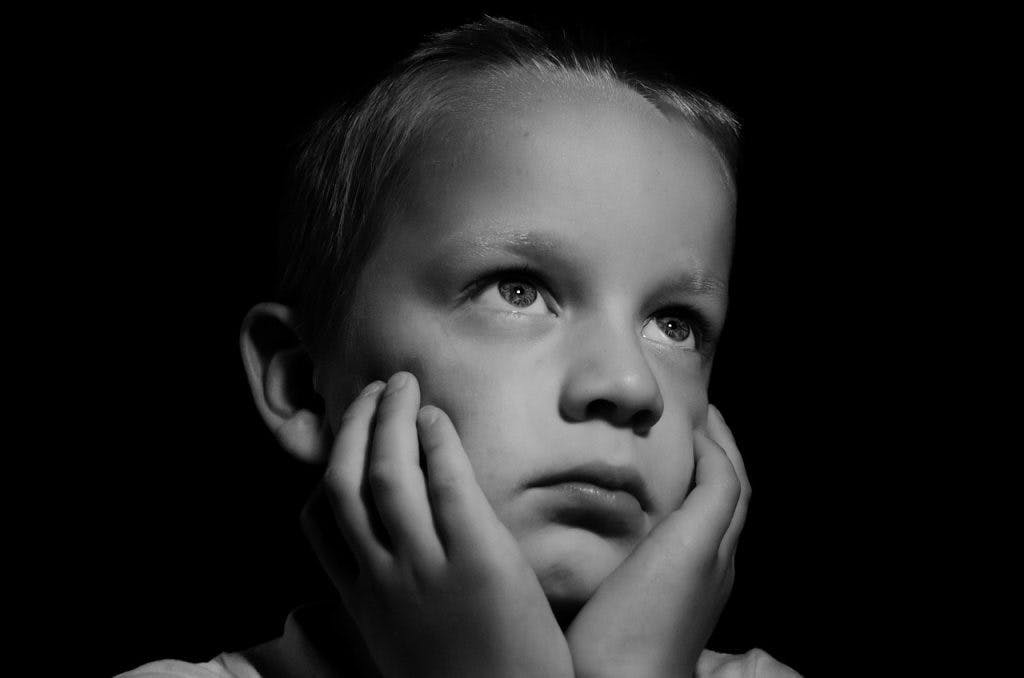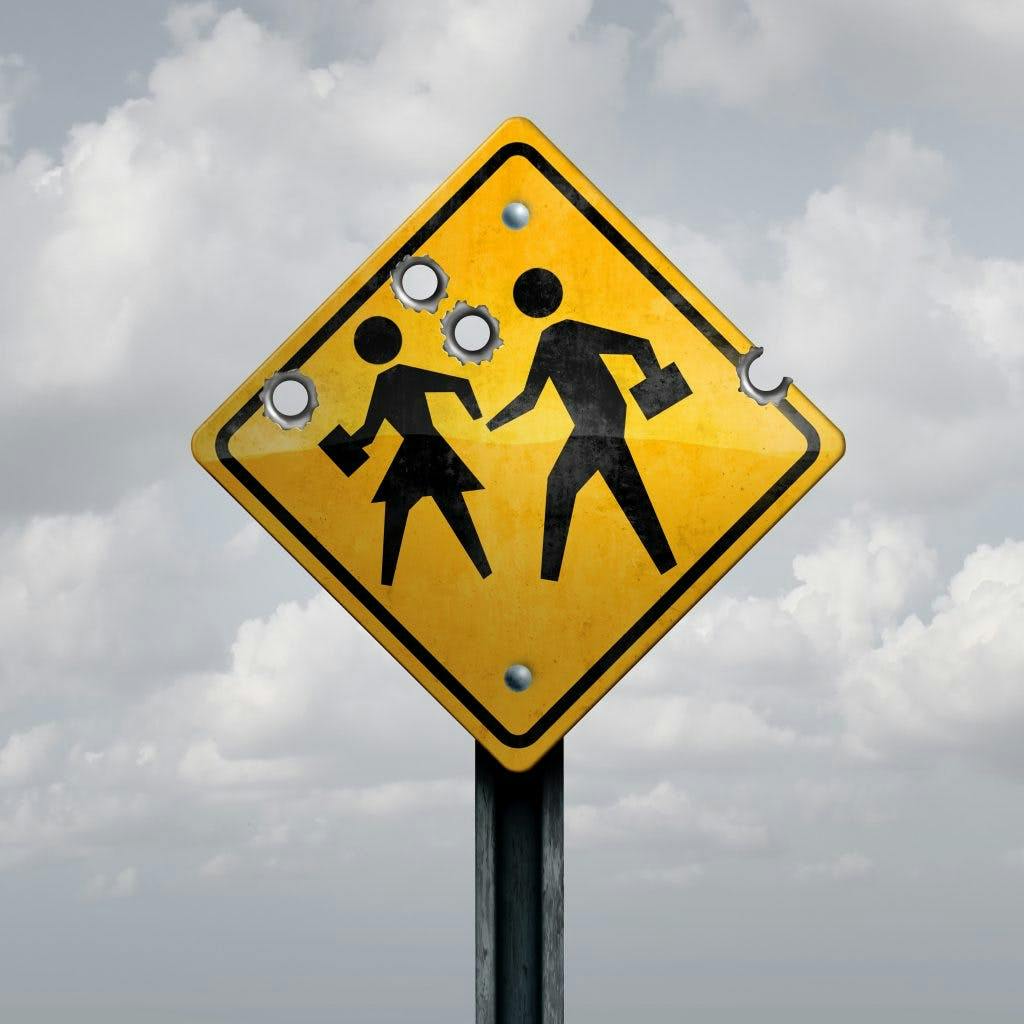In this article
- What causes mental health Issues in school children?
- Why is mental health important in schools?
- Roles of school-based personnel in providing mental health for schools
- Framework to manage mental health in schools
- Better mental health can help reduce gun violence in schools
- How to deal with the after effects of a school shooting?
- Conclusion
Blog Articles
Article at a glance
Promoting mental health in schools is crucial for student well-being and academic success:
- Schools should implement comprehensive mental health programs, including counseling services, mental health education, and early intervention strategies.
Creating a supportive environment where students feel safe to discuss their mental health issues is essential for their overall development. What is the solution?
Read more
History of mental health issues in schools





What causes mental health issues in school children?
Case studies

Why is mental health important in schools?
What are the roles of school-based personnel in providing mental health for schools?
Warning signs applicable for all age groups
Framework to manage mental health in schools
Different intervention strategies
Better mental health can help reduce gun violence in schools


How to deal with the after effects of a school shooting?
Listen, Protect, Connect (LPC): An evidence-informed model
Conclusion
In this article
- What causes mental health Issues in school children?
- Why is mental health important in schools?
- Roles of school-based personnel in providing mental health for schools
- Framework to manage mental health in schools
- Better mental health can help reduce gun violence in schools
- How to deal with the after effects of a school shooting?
- Conclusion



